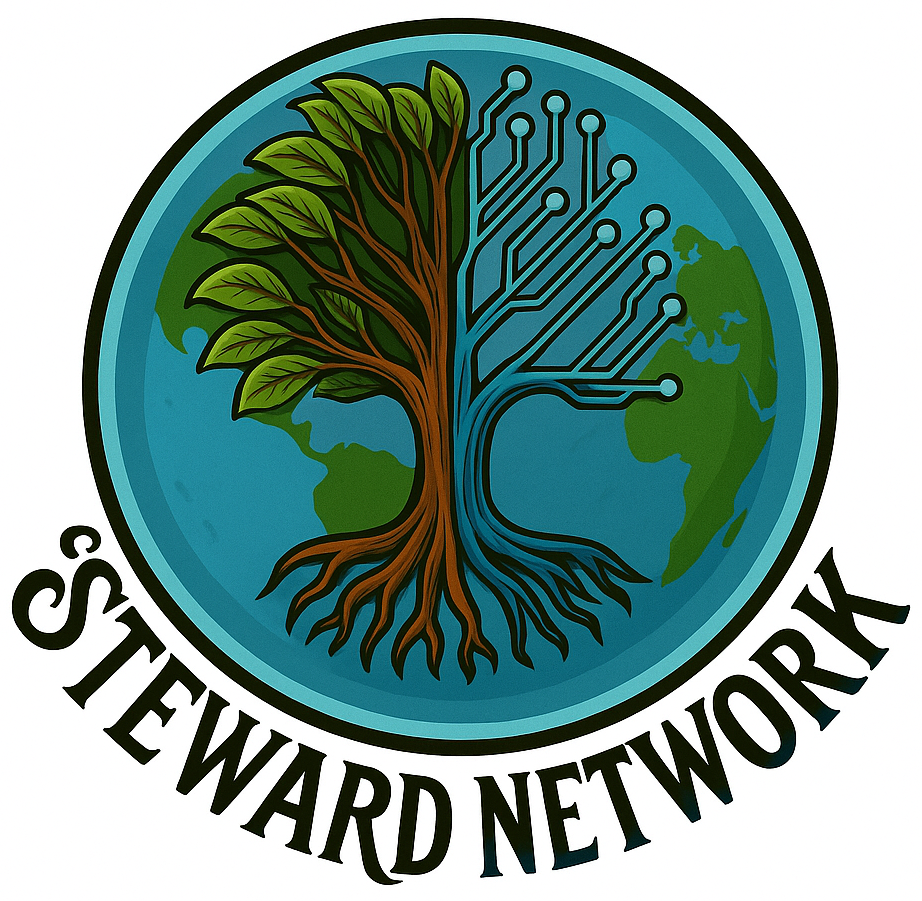🔑 Symbols
| Symbol / Existential Risk Category | Symbol / Foundational Factors |
| 🔥 Climate Change | 🧠 Mental Health & Collective Wellbeing |
| 🌍 Ecology and Ecosystem Collapse | 🔎 Strategic Literacy & Risk Perception |
| 🤖 AI & Cyberinsecurity | 🤝 Social Trust & Cooperation |
| ☢️ Nuclear & WMD | 🏛️ Governance and Institutional Capacity |
| ☣️ Pandemics (natural or engineered) | 📀 Informational Quality and Focus |
| 🦢 Black Swans (unexpected catastrophes) | = Economic Stability & Equity |
| 💀 Human Extinction Risk | 🔌 Infrastructure Resilience & Security |
Existential Risk (X-Risk) Categories:
- Climate Change (🔥): The potential for human-caused global warming and its cascading effects (e.g., extreme weather, sea-level rise, ecosystem disruption, potential Earth system tipping points) to trigger irreversible, globally catastrophic outcomes that threaten the stability and future potential of human civilization. 👉 Read more
- Ecology and Ecosystem Collapse (🌍): The potential for widespread degradation and collapse of critical ecosystems and biodiversity (driven by factors like habitat destruction, climate change, pollution, overexploitation) on a scale sufficient to trigger irreversible, globally catastrophic outcomes by undermining essential life-support systems (e.g., clean air/water, pollination, climate regulation), thereby drastically curtailing human potential. 👉 Read more
- AI & Cyberinsecurity (🤖): The potential for disruptions stemming from artificial intelligence (AI) and/or cybersecurity failures—including malicious use (e.g., autonomous weapons, AI-driven disinformation), accidents (e.g., misaligned AI goals, loss of control), or critical infrastructure collapse due to cyberattacks—to trigger irreversible, globally catastrophic outcomes, threatening human potential or survival.
👉 Read more - Nuclear & WMD (☢️): The potential for the use of nuclear, biological, or chemical weapons—whether intentionally, accidentally, or through miscalculation/escalation—on a scale sufficient to trigger irreversible, globally catastrophic outcomes, including mass death, societal collapse (e.g., via nuclear winter), or the annihilation/drastic curtailment of Earth-originating intelligent life’s potential. 👉 Read more
- Pandemics (☣️): The potential for disease outbreaks—whether naturally occurring (zoonotic spillover), accidentally released (lab leaks), or deliberately engineered (bioweapons)—to trigger irreversible, globally catastrophic outcomes through widespread mortality and/or cascading societal collapse, threatening humanity’s survival or long-term potential. 👉 Read more
- Black Swans (🦢): The potential for unforeseen, rare, high-impact events (characterized by their unpredictability and severe consequences) to interact with complex, interconnected global systems in ways that trigger cascading failures, overwhelm societal coping capacities, and lead to irreversible, globally catastrophic outcomes. Mitigation focuses on building generalized resilience against radical surprise. 👉 Read more
- Human Extinction Risk (💀):
The potential for the irreversible end of Earth-originating intelligent life or the permanent and drastic curtailment of its future potential. This represents the ultimate negative outcome, potentially arising from the unmanaged escalation of primary existential risks (🔥, 🤖, 🌍, ☢️, ☣️, 🦢) or the systemic collapse of civilization due to the degradation of essential Foundational Factors (🧠🔎🤝🏛️📀=🔌). 👉 Read more
(The detailed source documents are linked in the Read mores above.)
Foundational Factors (FFs):
- Mental Health & Collective Wellbeing (🧠): Encompasses the cognitive, emotional, and relational health of individuals and communities. It underpins the clarity, focus, emotional regulation, empathy, social cohesion, and psychological resilience necessary for effective decision-making, cooperation, and sustained action in the face of complex crises and existential threats.
- Strategic Literacy & Risk Perception (🔎): The capacity of individuals and institutions to understand complex systems, anticipate long-term consequences (including non-linear dynamics and tipping points), accurately evaluate the probability and impact of diverse risks (especially novel or uncertain ones), and engage in effective, adaptive planning. It is essential for foresight, realistic risk assessment, and avoiding catastrophic miscalculations when facing existential threats.
- Social Trust & Cooperation (🤝): Encompasses the levels of trust within and between societies – including interpersonal trust, confidence in key institutions (government, science, media), and trust between nations – and the resulting capacity and willingness for effective collaboration towards shared goals. It is the bedrock for collective action, policy acceptance, international agreements, and social cohesion needed to manage global risks.
- Governance and Institutional Quality & Capacity (🏛️): The effectiveness, legitimacy, adaptability, foresight, resources, and overall competence of governing structures (laws, regulations, norms, organizations) at all levels (local, national, global). It determines the ability to establish and enforce rules, implement policies, manage complex challenges (e.g., climate action, AI safety, pandemic response), facilitate cooperation, maintain stability, ensure accountability, and adapt to changing conditions.
- Informational Quality and Focus (📀): Represents the overall health, reliability, and integrity of the information ecosystem (the “epistemic commons”). It encompasses the accuracy, accessibility, trustworthiness, and actionability of information, the ability to focus collective attention on critical signals amidst noise and manipulation (e.g., “infodemics”), and the transparency surrounding key risks and decisions. It is crucial for enabling accurate risk perception, informed decision-making, building trust, countering misinformation, and ensuring accountability.
- Economic Stability & Equity (=): Encompasses the overall stability, predictability, and resilience of economic systems (including finance and supply chains), as well as the fairness in the distribution of economic resources, opportunities, and outcomes (addressing inequality and poverty). It influences resource allocation for preparedness and resilience, shapes incentives driving risk-generating activities, impacts social cohesion and trust, and determines differential vulnerabilities to shocks across populations.
- Infrastructure Resilience & Security (🔌): The robustness, redundancy, adaptability, and security of the critical physical and digital systems essential for modern societal functioning (e.g., energy, communication, water, food, transport, finance, healthcare). It encompasses their ability to withstand diverse disruptions (accidents, natural disasters, cyberattacks, physical attacks), prevent cascading failures, maintain essential services during crises, and enable effective response and recovery.
